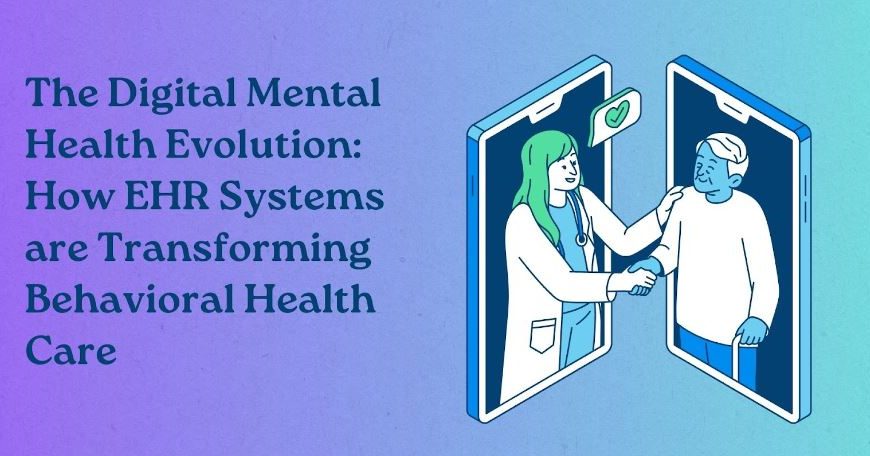How Integrating Behavioral Health with Primary Care Improves Outcomes
The integration of behavioral health services with primary care is increasingly recognized as a crucial development in healthcare. By delivering more comprehensive care, this approach can significantly improve patient outcomes, enhance patient experience, and reduce healthcare costs.
What are the Benefits of Integrating Behavioral Health with Primary Care?
Improved Patient Outcomes
Integration ensures that patients receive holistic care that addresses both physical and mental health needs, leading to better overall health outcomes. Patients often benefit when their medical and behavioral health care is coordinated, promoting a unified approach to treatment.
A holistic approach not only improves existing conditions but also aids in early detection and prevention of other health issues. As a result, comprehensive care can serve as a preventive mechanism against future complications.
Additionally, when behavioral health is part of primary care, it encourages more patients to seek help, reducing stigma associated with mental health treatment. This increased access can foster a more proactive stance on mental and physical health.
Enhanced Patient Experience
Patients experience more coherent and convenient care when behavioral health in Utah are available in primary care settings, increasing satisfaction and adherence to treatment plans. They can access various services during a single visit, which saves time and enhances convenience.
The seamless integration means that patients do not have to navigate complex healthcare systems to find the resources they need. This simplicity results in increased satisfaction and better patient engagement in their own healthcare.
Moreover, the continuity of care provided through integrated services leads to stronger patient-provider relationships. Patients feel more valued and understood, which can further encourage them to adhere to their treatment regimes.
How Does Integration Reduce Healthcare Costs?
Reduction in Emergency Room Visits
By addressing behavioral and mental health needs earlier, patients are less likely to require costly emergency room visits or hospitalizations. Early intervention and continuous management of conditions like depression and anxiety can decrease the likelihood of acute episodes requiring urgent care.
Data suggests that healthcare systems with integrated services see a reduction in overall healthcare spending. Financial savings emerge as a critical benefit, emphasizing the cost-effectiveness of integrated care models.
This approach not only reduces costs but also frees up emergency room resources for more severe cases. Efficient use of healthcare resources leads to improved health outcomes for a broader patient population.
Streamlined Treatment Processes
Integrated care reduces duplication of diagnostic tests and services, thereby improving efficiency and lowering treatment costs for both providers and patients. Coordinated care means fewer repeated lab tests and imaging scans, lessening the financial burden on the healthcare system.
Instreamlining treatment processes, caregivers can access comprehensive patient information, leading to more informed decision-making. This access reduces misunderstandings and increases the accuracy of diagnoses and treatments.
The interoperability of health records and smooth data flow in integrated systems also eliminates unnecessary delays in care delivery. Streamlined processes ensure patients receive timely interventions, further driving down costs.
What are the Challenges in Implementing Integration?
Barriers to Collaboration
Differences in training, practice cultures, and expectations can hinder seamless collaboration between behavioral health and primary care providers. To overcome these barriers, joint training and team-building exercises are essential.
Effective communication and shared goals among team members can bridge the gap between varied educational backgrounds. Building a cohesive team that functions smoothly is key to successful integration.
Additionally, addressing concerns about scope of practice and establishing clear responsibilities can mitigate confusion. Clearly defined roles and expectations will facilitate smoother collaboration and service delivery.
Data and Privacy Concerns
Integrating care poses challenges in terms of data sharing and protecting patient privacy, requiring robust systems and clear policies. Patients are understandably concerned about the confidentiality of their personal health information.
To address these concerns, healthcare providers must adhere to stringent data protection laws and use secure technology. This commitment to privacy reassures patients that their information is safe and secure.
Collaborative efforts in developing shared electronic health records systems will also enhance data accessibility while maintaining privacy. Ensuring that only authorized individuals have access to sensitive information is crucial to maintaining trust.
Conclusion
The integration of behavioral health with primary care presents a transformative opportunity to enhance patient care, improve health outcomes, and reduce costs. Despite certain challenges, the benefits highlight the importance of progressing towards more unified healthcare services.
Continued effort and collaboration among stakeholders are necessary to address barriers and fully realize the potential of integrated care. The pursuit of comprehensive, patient-centered healthcare will ultimately lead to improved lives and healthier communities.





